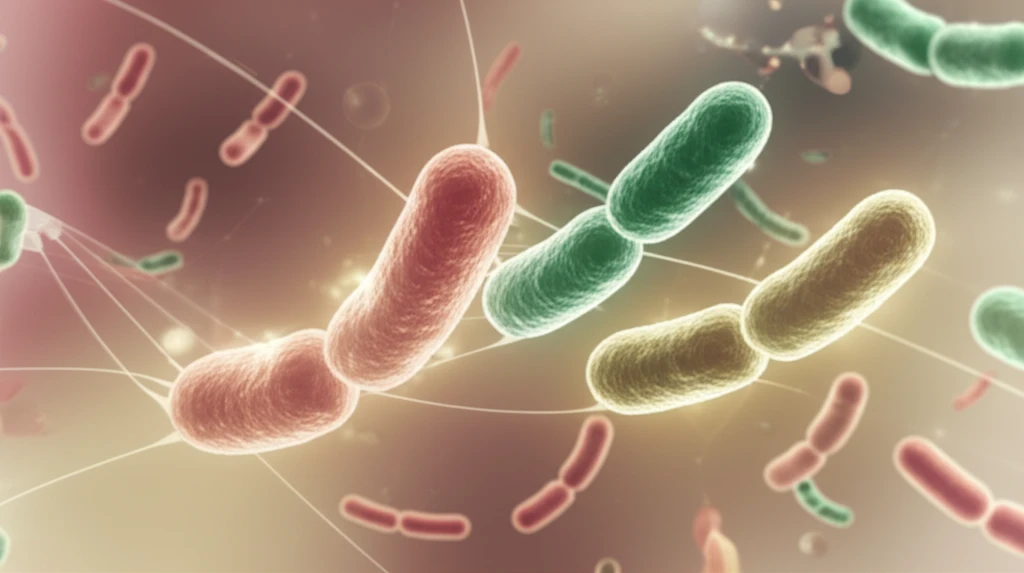
Unlock Your Gut's Potential: How Dietary Fats Impact Your Health
"Discover the surprising link between sn-2 palmitic triacylglycerols and improved lipid metabolism, calcium absorption, and overall well-being."
In the quest for optimal health, the impact of dietary fats often goes unnoticed. While many focus on calories and macronutrient ratios, the specific types of fats we consume can significantly influence our body's metabolic processes. A diet high in unhealthy fats is a well-known risk factor for obesity and other health problems, but emerging research suggests that incorporating specific fats into your diet can yield tangible benefits.
One such fat is sn-2 palmitic triacylglycerol (sn-2 PTAG), a structured fat that is garnering attention for its potential to improve lipid metabolism, calcium absorption, and overall gut health. Unlike conventional fats, sn-2 PTAG has a unique structure that may offer distinct advantages. This article delves into a recent study that explores the effects of dietary sn-2 PTAG on various health markers, providing insights into how this specialized fat could be a game-changer for your well-being.
We'll break down the science, present the key findings, and explore practical ways to incorporate sn-2 PTAG into your diet. Whether you're aiming to manage your weight, improve nutrient absorption, or simply enhance your overall health, understanding the role of dietary fats like sn-2 PTAG is a crucial step.
The Science Behind sn-2 PTAG: How It Works

Sn-2 palmitic triacylglycerol (sn-2 PTAG) is a structured fat where palmitic acid (PA) is primarily esterified at the sn-2 position of the glycerol backbone. This unique structure mimics the fat found naturally in breast milk and is produced through enzymatic interesterification of palm stearin and oleic acid. The positioning of palmitic acid at the sn-2 position is crucial because it affects how the fat is digested and absorbed in the body.
- Enhanced Fatty Acid Absorption: sn-2 PTAG facilitates better absorption of fatty acids, especially long-chain saturated ones, reducing energy loss through fecal excretion.
- Improved Mineral Absorption: The structure of sn-2 PTAG aids in the absorption of essential minerals like calcium, contributing to better bone health and overall well-being.
- Positive Gut Microbiome Effects: sn-2 PTAG promotes the growth of beneficial gut bacteria, such as lactobacillus and bifidobacterium, leading to higher levels of short-chain fatty acids (SCFAs) that support gut health.
The Future of Dietary Fats: What This Means for You
The research on sn-2 PTAG highlights the importance of understanding the specific roles of dietary fats in our health. While further studies are needed to fully elucidate its mechanisms and benefits, incorporating sn-2 PTAG into your diet may offer a promising approach to improving lipid metabolism, enhancing nutrient absorption, and supporting overall well-being. As the science evolves, staying informed about the latest findings can empower you to make dietary choices that truly optimize your health.
